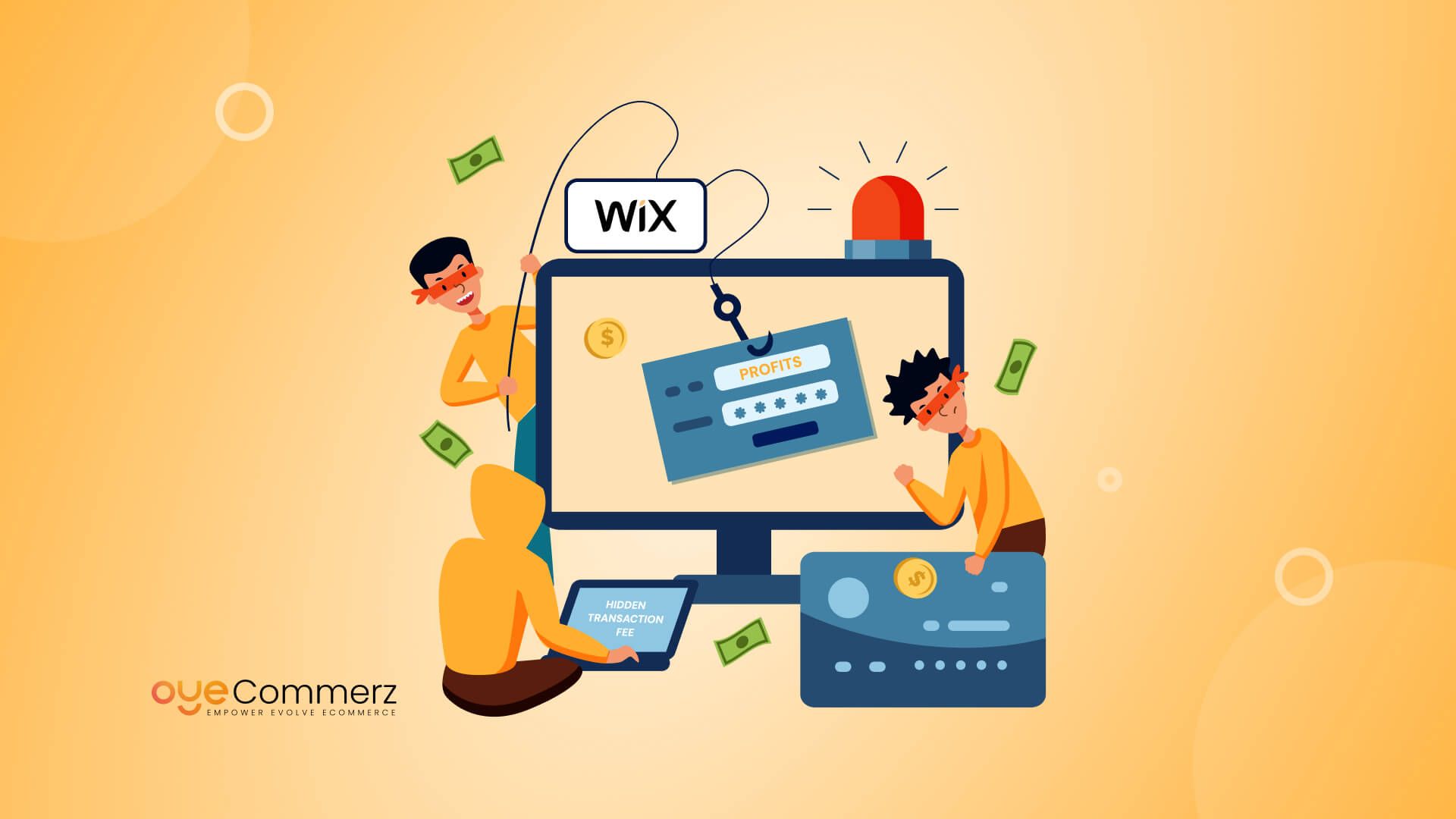In today's digital environment, choosing the right e-commerce platform is essential for enterprise success. If you're presently using Wix but are considering a switch to Shopify, you are in good company. Many companies are migrating to Shopify to take advantage of its powerful features, scalability, and specialized e-commerce solutions. This guide will outline the transition process, guaranteeing a smooth move and setting you up for e-commerce success.
Why Switch from Wix to Shopify?
Before diving into the transition process, it's essential to recognize why Shopify could be a superior fit for your e-commerce requirements:
- E-commerce Focus: Unlike Wix, which serves multiple website types, Shopify is designed exclusively for e-commerce, providing advanced tools and features optimized for online selling.
- Scalability: As your business grows, Shopify can easily handle higher visitor volumes and transactions capacity without sacrificing efficiency.
- Wide-ranging App Ecosystem: Shopify provides a vast collection of apps that can boost your store's capabilities, from marketing tools to inventory management options.
- SEO Capabilities: Shopify offers superior SEO tools, which can assist in improving your store’s presence on Google and others.
- Transaction Methods: With numerous payment gateways available, including Shopify Payments, you can provide customers a wide range of payment methods.
Getting Ready for Transition
To guarantee a smooth transition from Wix to Shopify, follow these preparatory steps:
1. Save Your Information
Export all your data from Wix, including item information, user data, and order history. This process is vital as it guarantees you have a backup of all data before initiating the migration.
2. Select a Pricing Option
Assess the different Shopify plans available and select one that aligns with your business requirements. Consider factors such as costs, built-in tools, and scalability options.
3. Set Up Your Shopify Account
Register your Shopify account and explore the platform’s dashboard and features.
The Migration Process
Now that you're prepared, it’s time to transfer your store from Wix to Shopify. Here’s how:
1. Import Products
Utilize Shopify's built-in migration utility or third-party migration apps like Cart2Cart or LitExtension Client connections to transfer your products from Wix to Shopify.
Ensure that product descriptions, pictures, costs, and variants are accurately transferred.
2. Transfer Customer Data
Upload client details such as user names and email addresses into your new Shopify store. This process is critical for maintaining client connections and marketing efforts.
3. Configure Transactions
Set up payment gateways in your Shopify store to guarantee smooth transactions. You can choose from various options like credit cards, PayPal, and others.
4. Personalize Your Store Design
Choose a design that reflects your business image. Modify it using Shopify's customization options to create an appealing and intuitive store layout.
5. Search Engine Optimization
Implement SEO best practices during the migration process:
- Set up 301 redirects from old Wix URLs to new Shopify URLs.
- Enhance product titles, descriptions, and images with relevant search terms.
- Modify meta tags and alt texts for better search engine visibility.
After Migration Steps
Once your store is live on Shopify, follow these follow-up steps:
1. Test Your Store
Perform comprehensive testing of your new store:
- Verify 301 redirects item listings for correctness.
- Verify payment processes.
- Make sure all hyperlinks work correctly.
2. Launch Marketing Campaigns
Broadcast your new store launch through email newsletters and social media channels.
Consider running special offers or discounts to draw shoppers.
3. Monitor Performance
Use analytics tools within Shopify to track revenue growth and user activity.
Adjust your strategies based on performance analytics.
Conclusion
Migrating from Wix to Shopify can significantly improve your e-commerce capabilities and set the stage for growth and achievement. By adhering to this manual and taking a step-by-step approach to the migration process, you can guarantee a smooth move that reduces downtime and boosts opportunities for revenue. Welcome the change and watch your online store thrive on its new platform!
